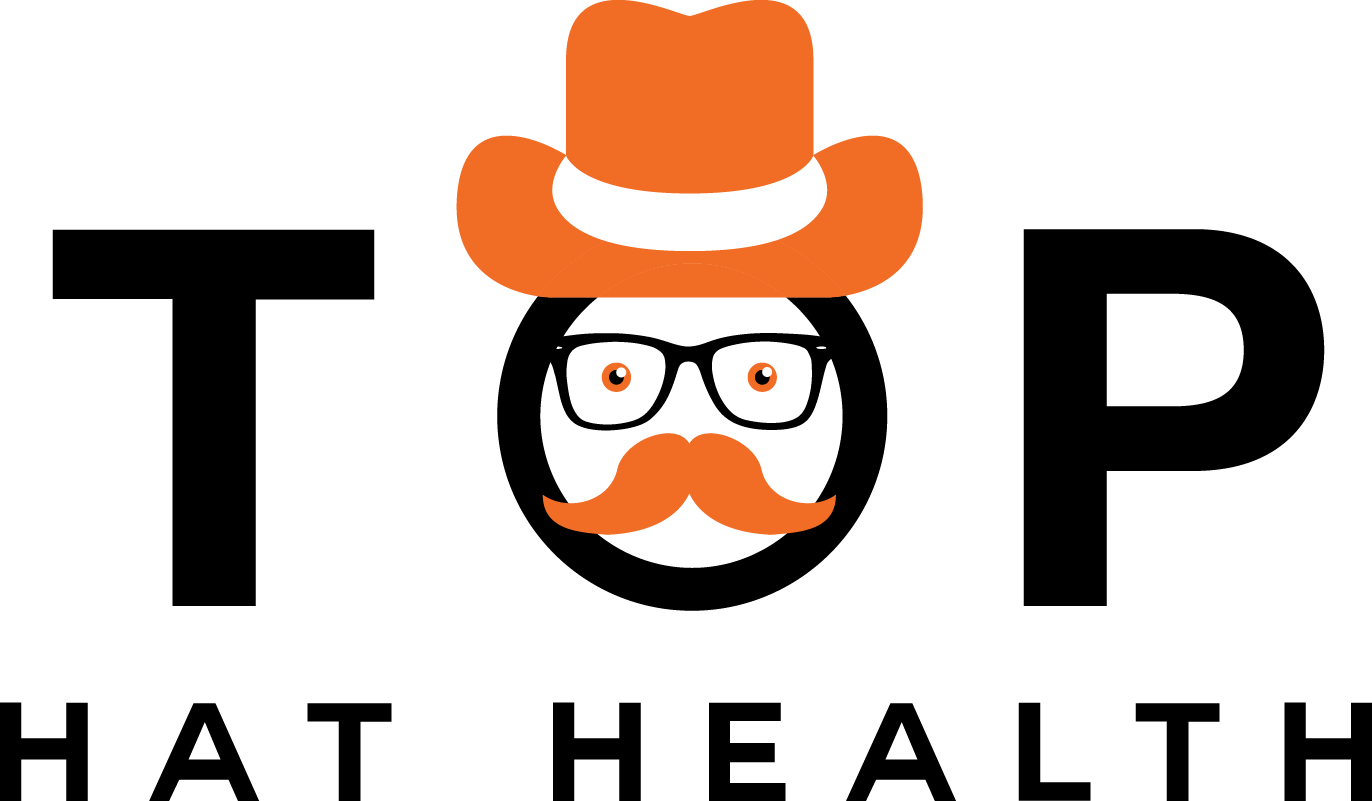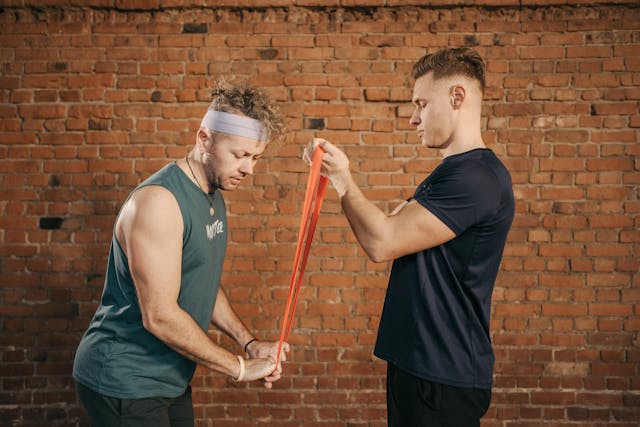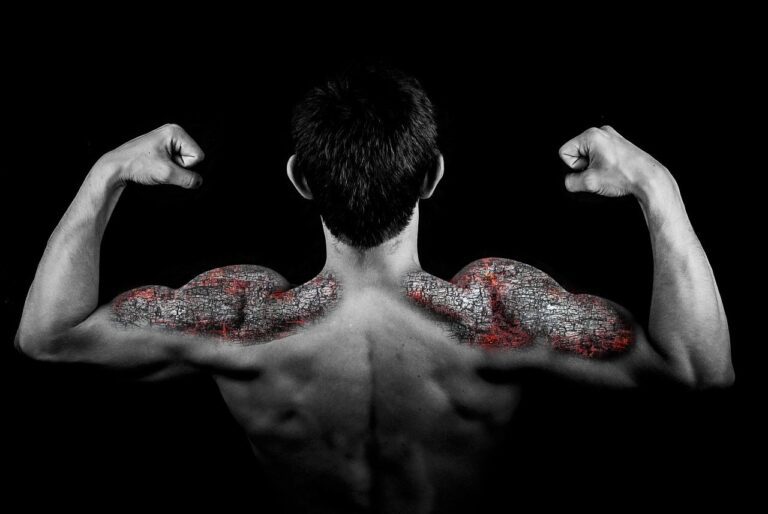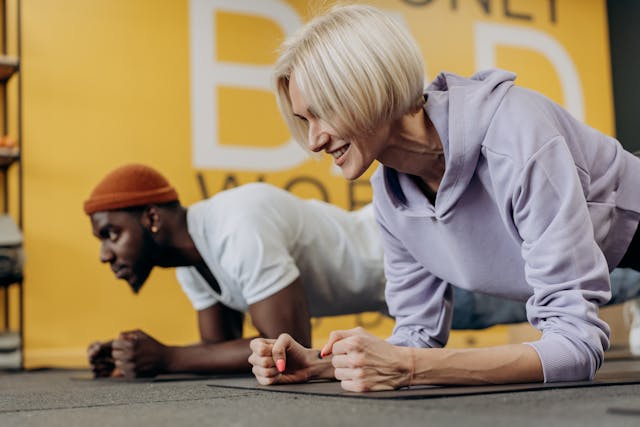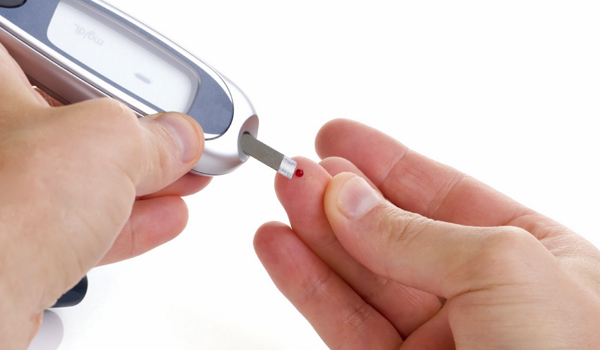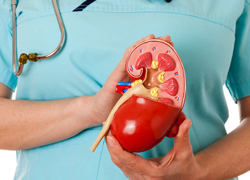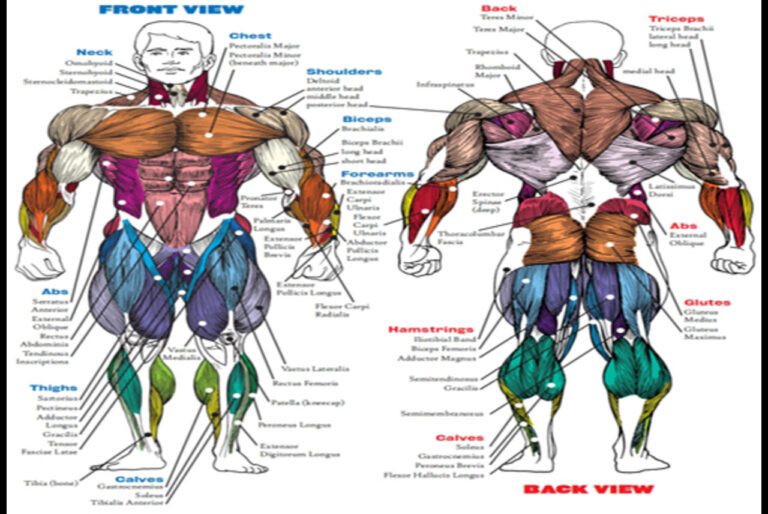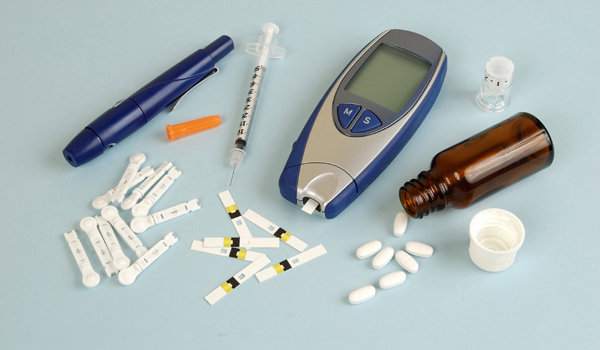Beginner Muscle Building Exercises Routine: Smashing Plateaus and Sculpting Your Body
Bodybuilding is a sport of building muscle. Bigger and stronger is the name of the game. One of the great things about bodybuilding is that you can achieve great results with only very basic equipment and a few hours of training three to four times per week.
The key to building bigger and stronger muscles is to keep progressively adding more and more weight over time. Building bigger muscles is about consistent regular training, eating properly, getting plenty of rest, and lots of weight at low repetitions.
As a starting any new exercise program, is important a first check with your physician before starting a bodybuilding program. In the beginning is important that you start slow and learn proper technique. Time and time again professional body builders have said that technique is one of most important aspects of getting a good workout. It might be helpful to schedule a session with a professional trainer in the beginning so you start on the right track. If this is not an option for you there are various instructional books on the subject of bodybuilding. Above all take the time to learn proper technique.
Lifting heavy weight damages muscle fibers. It is only when the muscles repair themselves that they grow larger and stronger. For this reason it is very important that each muscle group is given plenty of rest following each workout. This is why most body builders alternate muscle groups. For example, you might work on your back on Monday, your legs on Tuesday, your chest on Wednesday, and your arms on Friday. Most successful body builders will recommend that you not work a particular muscle group more than twice per week.
The question may come up of whether it is best to use weight machines or free weights. The general consensus is that free weights are your best option for increasing muscle mass. Machines are typically used for isolating muscles and this is something that only professional body builders need to do before contest.
The following are some basic exercises for the major muscle groups.
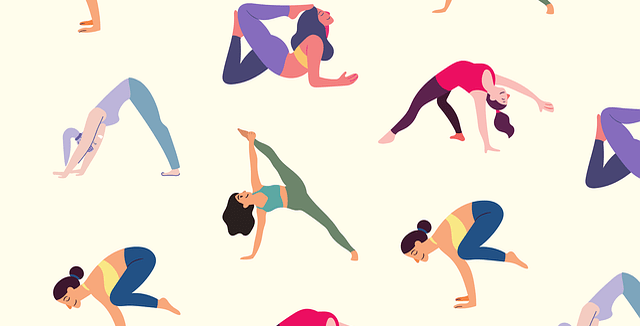
Chest
1. Flat Bench Press
2. Dips
3. Incline Bench Press
Legs
1. Squats
2. Straight Leg Dead Lifts
3. Leg Press
Back
1. Pull ups
2. Barbell Rows
3. Deadlifts
Biceps
1. Curls
2. Incline curls
Triceps
1. Lying Tricep Extensions
2. Close Grip Bench Press
Shoulders
1. Military Press.
Remember to increase muscle size you will need to progressively increase poundage. Be patient. Overworking your muscles can actually have adverse effects. If you maintain a consistent regular workout routine coupled with proper nutrition and rest you will begin to see results in no time. Keep in mind it is common to see more obvious results initially and in overtime your gains will seem less apparent. This is because your body becomes used to your work out routine and in a sense knows what to expect. It is helpful to keep your body guessing by changing your workout routine on a regular basis.
Build Muscles And Smash Plateau For Beginners
Five times a week, two hours each visit. You’ve been more faithful to your gym schedule than you’ve ever been to any girlfriend you’ve had. And for a while it paid off: those muscles started rippling and the girls started paying attention.
But then, like a bad dream you wake up from, your muscles suddenly wasn’t growing like what it used to do. Your muscles stop responding to your heavy workout no matter how intensely you’ve been training. So you said to yourself, now I will train harder. So now you put in three hours a session and but even as you upped your gym dosage, horrors of horrors, your muscles are actually shrinking.
Ahhhhh, the Gym Plateau. It afflicts all of us and few of us ever gotten out of it. In fact, most people don’t even know that they have hit the dreaded plateau and thought that their muscles can only grow so much due to inherent genetic factors. Not to worry though, if you read the following fitness tips, and follow these tips to the latter, I can assure you that your muscles will start growing again and grow bigger they will.
Here are your free fitness tips.
Fitness Tip #1
Take A Break
This tip is easy to comply for most of us but very difficult for some gym rats. Simply take a break from your workout. Do not step into the gym or do any workout for 2 weeks. Its time to let your body recover from the punishments you are dishing out to your muscles. Some bodybuilders may find this difficult to do because working out is addictive. You produce endorphin when you workout and endorphin is also known as happy hormone. The same hormone you produce when having sex.
Professional bodybuilders take a break after every 4-5 months of hard training and when they are back in the gym, they shock their well rested but complacent muscles back into massive muscle gain.
Fitness Tip #2
Are you training too often?
If your exercises are intense enough, you need only to train each muscle group once or twice a week. Your training schedule shouldn’t repeat muscle groups in the same week. Every time you train, you do your muscles damage. Muscles need time to repair and it does so in the after your training when you are resting. This means that if you lift weights on consecutive days, there isn’t sufficient time for the body to recover. Try to have one day rest between each weight lifting day.
If your routine requires intensive weight training, remember not to prolong your gym time longer than an hour. This is because your cortisol, a muscle eating hormone level will be elevated and thus will be counter productive to your efforts. beginner muscle building exercises routine.
Most of all, you must sleep! Eight hours or even better, go for ten hours. Muscles do not grow in the gym; they grow when you sleep. When you sleep, you are secreting growth hormones for many bodily functions and one of those functions is to build muscles. That is why they called it beauty sleep!
Fitness Tip #3
Are you using the correct weight lifting techniques?
If your technique or form is incorrect, not only is your training retarded, you are also inviting injury. Don’t laugh. But when you exercise you must think and focus, instead of mindlessly repeating the motions, do take note of how you perform each exercise and rep. Do so with deliberation and at the beginning and end of every lift, pause and squeeze the muscles you are exercising. Mind and muscle must connect! Never never use momentum of the swing to lift the weights and let gravity pull the weight down. That is why you must lift slowly and lower slowly feeling the tension in your muscles and resisting the load all the time.
In order for muscles to want to grow, you have to stress them to the maximum, and then further. Do enough repetitions until you feel you cannot go any further using good form. You must then either increase the weight or the number of repetitions at the next session. This is called progressive overload, and progressive overload is what forces your muscles to grow. As a general guide, if you can lift more than 12 reps the weight is probably too light and it is too heavy if your muscles fail you in less than 5 reps. You may wish to consult your physical fitness trainer on the correct form and technique for each exercise.
Fitness Tip #4
Are you using free weights?
Most machines do not involve as much of the synergistic muscles (supporting muscles) as free weights do. And, therefore, do not build as much muscle mass. Synergistic muscles are the smaller muscles that aid the main muscles in balance and strength in each lift. Machines has its uses, but for beginners and for smashing plateaus, use free weights.
Fitness Tip#5
Workout with compound exercises
Compound exercises are exercises that involve 2 or more joint movements and thereby employing bigger muscles and more synergistic muscles . Bench presses, dead lifts, squats, and barbell curls amongst others are fantastic compound exercises . For example, when you squat , all the muscles in your lower body get a workout and that alone is about 60 percent of your overall musculature . Squat also works your back and abs too. Using more muscles at one go means that you get a better overall workout. To add icing to the cake, because of the massive utilization of your muscles , you will pant, huff and sweat more. That means your routine also has a cardio effect and you will burn calories even hours after you stepped out of the gym .
Fitness Tip#6
Are you working out your legs?
Your body is programmed to grow proportionately with only slight variations. If you do not train your legs, your upper body mass will stop growing before it becomes large. Surely, you’ve heard of chicken legs! Just because leg training can be brutal, it doesn’t give you reason to hide your legs in your pants. To get that super hero X-frame, pepper your routine with squats . A word of caution though: compound exercises such as dead lifts, squats, and bench presses must be done in excellent form and a spotter is highly recommended. This is where your physical fitness trainer will come in handy as your spotter. If not, injuries are bound to happen and that may put you permanently out of the gym.
Fitness Tip#7
What are you eating?
Muscle building requires protein – the more, the better. Meat, especially red meats and fish, are the best source. It is in your food that your body will draw nutrients from, for strength and necessary fats for joint and organ protection.
To have massive muscle gain and help in muscle preservation , you need about 2-3 grams of good protein per kilogram of your body weight . If you want to get serious about muscles , you may need to supplement them with protein shakes . Eating a meal and having a protein shake immediately after your workout also maximizes the window for rapid absorption of nutrients. This is important as you need to feed the muscles now that you have damaged them. You should also 6 small meals a day so your muscles are constantly fed throughout the day. This will help rev up your metabolism to burn fat too. This will tremendously help you in your build muscle lose weight program. Remember to take your protein shake half an hour before you workout too.
Fitness Tip#8
How about Carbs?
Glycogen is the main energy source for any muscle-building exercise. The body stores whatever carbohydrates you eat as glycogen and muscles use it to give you energy during your workout. After an intense workout, do consume carbohydrates immediately to replace the used glycogen. You can even indulge in high glycemic carbs such as ice creams and white bread as these will turn into insulin and shuttles nutrients such as protein to your muscle cells quickly.
Fitness Tip #9
And Fats?
Yes, your body do need do need fats . But try to avoid saturated fats such as animal fats or worse, trans fats which are artificial fats found in pastries, confectionaries and preserved food. Consume healthy unsaturated fats such as olive oil, canola oil, fish oils, flax seed oil.
Fitness Tip#10
Water Water is essential.
Water is essential. It is the most underrated macronutrient. You need at least eight glasses of water every day but when you exercise , you lose even more water because of the sweating. So drink before, during and after your workout. Weigh yourself before and after the workout, and compensate for the loss by drinking at least 16 ounces of fluid for every pound or half a kg lost.
Fitness Tip#11
Creatine
While meats are the best source for creatine, which is a nutrient that helps speed up muscle gain and power you up during workouts, those who do not get enough from their regular diet must be supplemented. Creatine puts volume into your muscle cells and gives you that muscle pump thus your muscles feels tighter, look bigger and overall illusion of superb muscularity . It also helps to prevent muscle breakdown.
Fitness Tip#12
Glutamine
When supplemented, it may help bodybuilders reduce the amount of muscle wasting away or used up as energy. It also helps in muscle recovery.
Fitness Tip #13
Do you change your routine?
The human body is fantastic at adaptation. So whatever routine you are on, your body will get used to it. So do change your routine every 6-8 weeks. For example, instead of working out your chest muscles at the start of your workout, work your back muscles instead. You can reverse your whole routine or change the variations of your exercises or add new ones and take away some old ones. By changing your routines, you not only shock your muscles to new growth, it will also prevent boredom by doing the same thing all the time.
Back Exercises For Beginning Bodybuilders
From a bodybuilder’s perspective one of the most important body areas is the back. Not only can it be visually impressive but a strong back is essential for intensive training and day to day living. In bodybuilding you are aiming for three things with regard to developing the back muscles:
– Thickness of the upper back (traps).
– Wide lats.
– Highly defined lower back (spinal erectors and lower lats).
As a beginner there are five essential exercises for developing these muscles quickly:
1. Dumbbell shrugs – 3 sets of 10-15 reps. This exercise will develop the traps.
2. Seated V-bar cable rows – 3 sets of 10-15 reps. This exercise will develop the mid upper back.
3. Bent over barbell rows – 3 sets of 10-15 reps. This exercise will add thickness to the upper back.
4. Pullups – Aim for 25 reps. This exercise will strengthen the entire back.
5. Pulldowns – 3 sets of 10-15 reps. This exercise will define the lats.
As with all exercises you need to take care in scheduling specific body parts. To begin with you should incorporate your back exercises into a program similar to the one suggested below:
Day 1: Biceps, Back, Abs
Day 2: Hamstrings, Shoulders, Abs
Day 3: Quads, Forearms, Calves
Day 4: Triceps, Chest, Abs
For the first couple of weeks complete one set but then add one set each week to a maximum of three. At the end of three months you will be ready to move on to more intensive intermediate level exercises.
Arm Exercises For Beginning Bodybuilders
Most people new to bodybuilding pay a lot of attention to building big arms, sometimes to the point of overtraining. Don’t forget, the arm muscles are brought into play during most exercises aimed at other body parts so care must be taken not to overdo things.
Having said that, the arms are complex body parts in their own right and deserve a properly focused exercise program. In basic terms the arm consists of three main muscle groups:
1. Biceps brachii – two muscles at the front upper arm that run from the elbow to the shoulders.
2. Triceps brachii – three muscles at the rear upper arm that run from the elbow to the shoulder.
3. Forearm – several smaller muscles that run from the elbow to the wrist.
There are seven classic exercises that will allow beginners to get off to a good muscle building start without overstraining their bodies. For all of the exercises that follow, use a weight that is light enough to allow between 10-15 reps.
Three biceps building exercises are recommended for beginners:
1. Standing barbell curl – 3 sets of 10-15 reps.
2. Alternative standing dumbbell curls – 3 sets of 10-15 reps.
3. Preacher bench curls – 3 sets of 10-15 reps.
Three triceps building exercises are recommended for beginners:
1. Dips – 3 sets of 10-15 reps.
2. Close grip bench press – 3 sets of 10-15 reps.
3. EZ bar lying extensions – 3 sets of 10-15 reps.
One forearm building exercise is recommended for beginners:
1. EZ bar reverse curls – 3 sets of 10-15 reps.
As with all exercises you need to take care in scheduling specific body parts. To begin with you should incorporate your arm exercises into a program similar to the one suggested below:
Day 1: Biceps, Back, Abs
Day 2: Hamstrings, Shoulders, Abs
Day 3: Quads, Forearms, Calves
Day 4: Triceps, Chest, Abs
For the first couple of weeks complete one set but then add one set each week to a maximum of three. At the end of three months you will be ready to move on to more intensive intermediate level exercises.
Abdominal Exercises For Beginning Bodybuilders
The abdomen contains the muscles that most beginners struggle with because they take a long time to develop and need a low level of body fat to be seen. The abdominal muscle group consists of three main muscles:
1. Rectus abdominis – commonly known as the abs, this is a large flat muscle wall that runs from the lower chest to the pubic bone.
2. Obliquus abdominis – commonly known as the obliques, this muscle runs diagonally along the side of the mid-section from the lower ribcage to the pubic area. The internal obliques lie underneath the external obliques.
3. Transversus abdominis – this is a thin strip of muscle that runs horizontally across the abdomen.
You can target these muscles effectively by performing the following exercises:
1. Crunches – 3 sets of 15-20 reps. This exercise will work the upper abs.
2. Pelvic tilts – 3 sets of 15-20 reps.This exercise will target the lower portion of the abdomen below the navel.
3. Side bends – 3 sets of 15-20 reps. This exercise will work the obliques.
As with all exercises you need to take care in scheduling specific body parts. To begin with you should incorporate your abdominal exercises into a program similar to the one suggested below:
Day 1: Biceps, Back, Abs
Day 2: Hamstrings, Shoulders, Abs
Day 3: Quads, Forearms, Calves
Day 4: Triceps, Chest, Abs
For the first couple of weeks complete one set but then add one set each week to a maximum of three. At the end of three months you will be ready to move on to more intensive intermediate level exercises.
